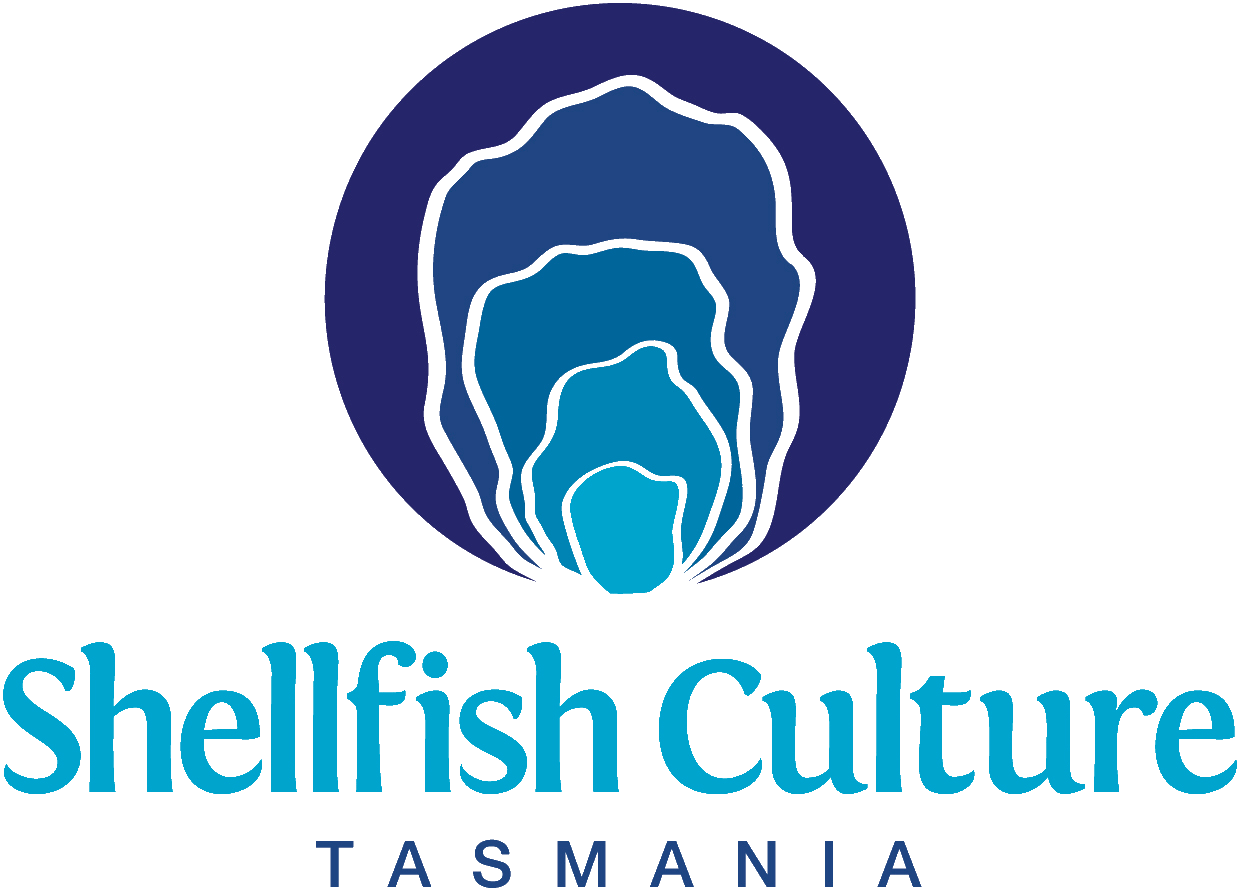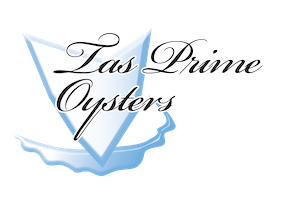Our Projects
Automation of Oyster Packaging and Certification of Provenance

Project description and overview:
The Australian oyster industry suffers from its inability to differentiate its products from imports and compete on cost in both the domestic and export markets. With validation of each state-of-the-art technology component completed in this project, Shellfish Culture is ready to proceed with the development of a prototype hardware system for the automated processing and laser etching of individual oysters through:
- A vision system for the identification of the unique and variable shape of the oysters,
- A ‘soft-grip’ automated robot to correctly orientate and align the oysters for accurate delivery to the laser, and
- A CO2 laser for etching of symbol(s) on the underside of the oyster to identify the provenance of the oysters.
Shellfish Culture will offer this service to the entire Tasmanian oyster industry to differentiate product, open access to new markets and reduce processing costs with an increased capital intensity. Once the Tasmanian business model is proven, the technology will be opened to other states through licensing agreements where the benefits could be realised in the $112 million Australian edible oyster market.
The deliverables that will result from this project are:
- Cromarty will design, engineer and build the prototype system sized to meet predicted daily export demand and ultimately manufacture systems for other States and export customers
- The University of Tasmania will test and validate the system in place, focusing R&D activities on the machine learning components of the vision system and ensuring provenance through data encryption of etched symbols
- Full system to be “flight proven” through successful automatic processing, laser etching and sale of final product to market via Tas Prime Oysters, the marketing arm of Shellfish Culture.
Shellfish Culture have prepared long term strategic goals which plan for future applications with other shellfish such as Abalone and Scallops.
EXPECTED IMPACT
- Increased collaboration with research institutions
- Larger patent portfolio
- Better qualified employees
- More staff with science, technology, engineering and maths (STEM) skills
- Newer equipment
- More automation
- Greater share of services in total revenue
EXPECTED GROWTH
- Shellfish Culture estimates an increase in export sales of 25% or 350 tonnes annually, resulting in an increase in revenue of $3.5 million
EXPECTED JOBS
This project will generate the following increase in employment
- Additional 2 jobs at partner Cromarty for the design and engineering of the system
- Additional 2 skilled jobs for the operation and maintenance of the new system in the short term
- Additional 5-6 skilled jobs in the medium term as volumes increase from producers
- Additional 10-15 skilled jobs across all project partners resulting from increased production, logistics and licensing of the new technology to Australian businesses
Contributions:
Government Funds: $223,225 | Industry: $223,225 | In-Kind: $45,000



